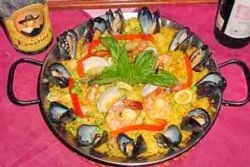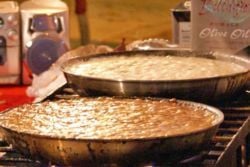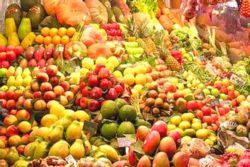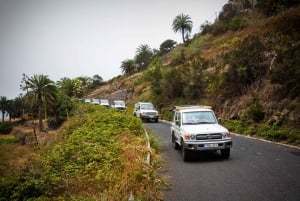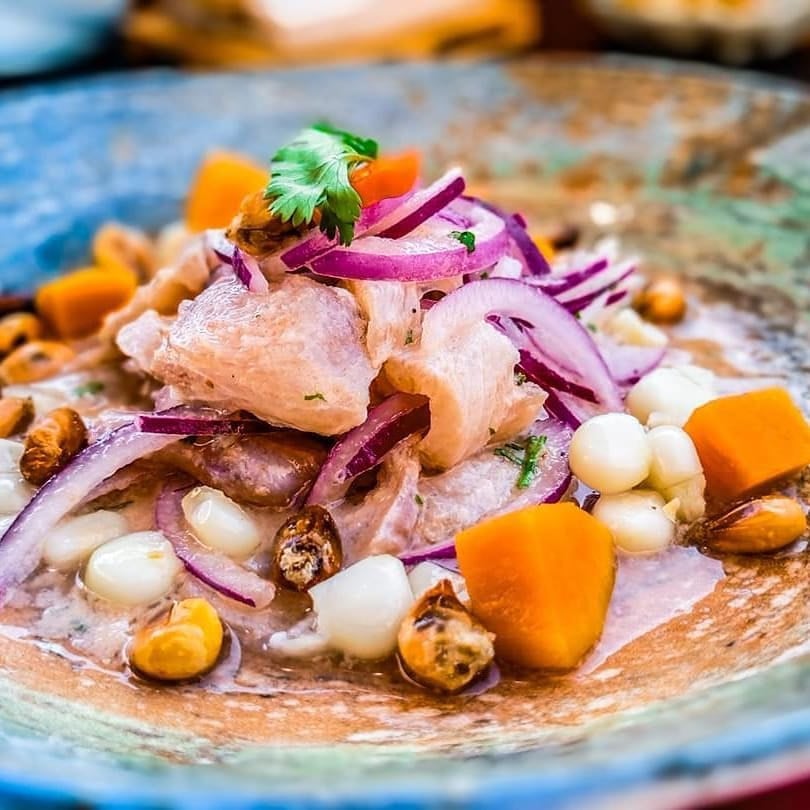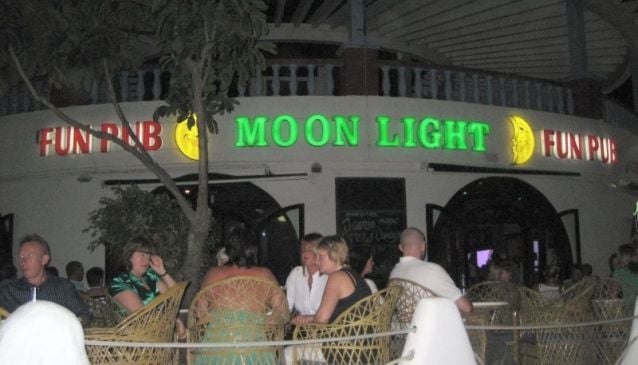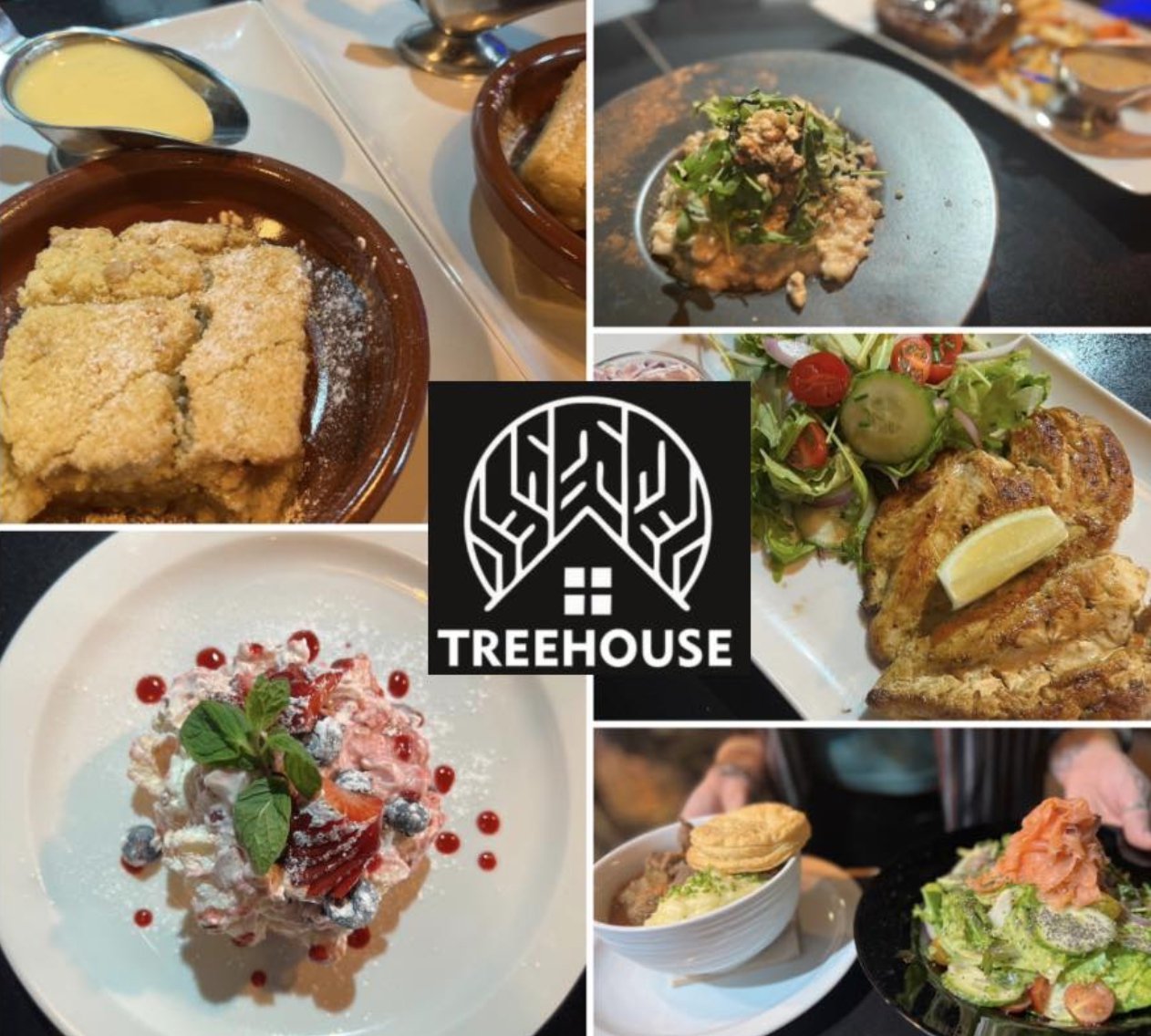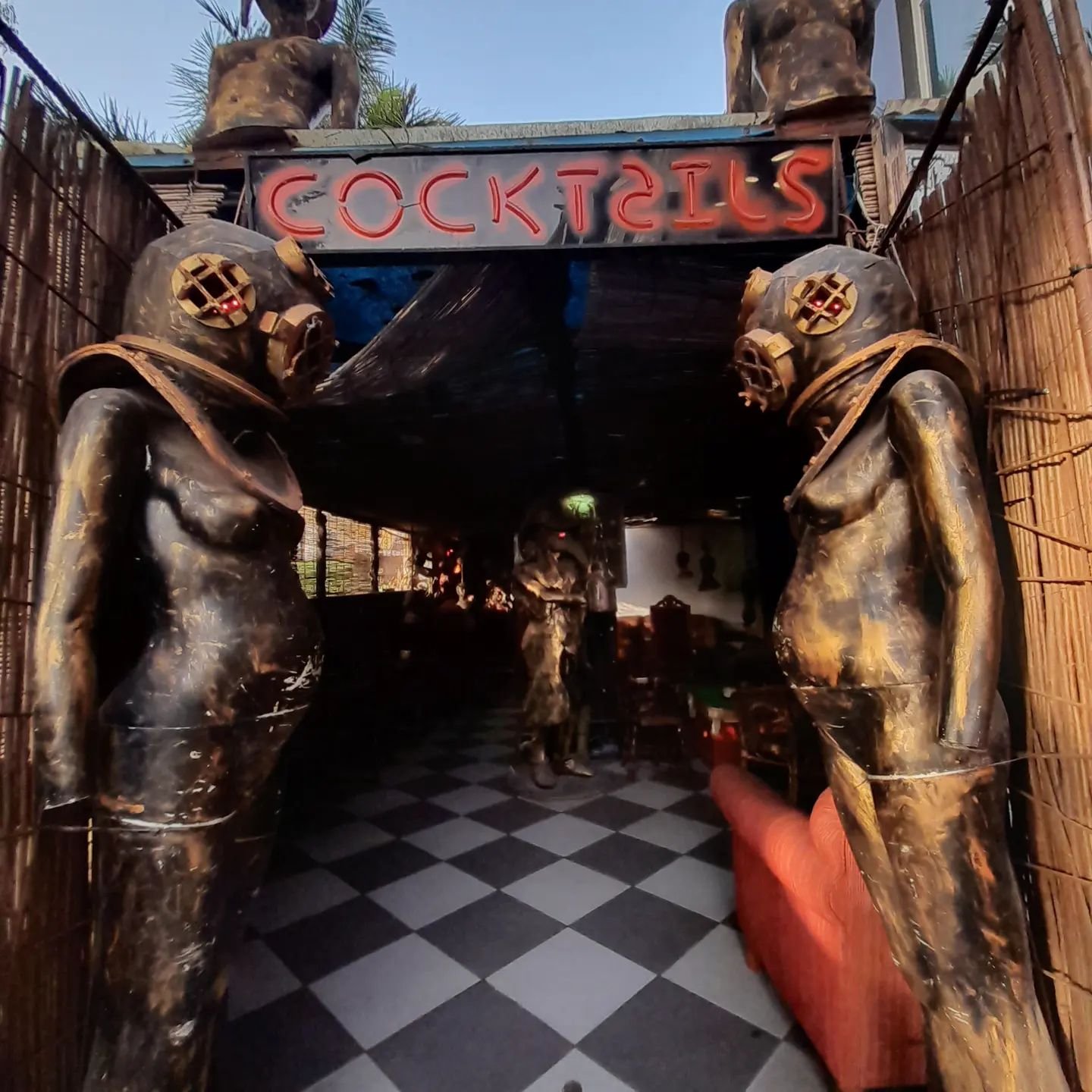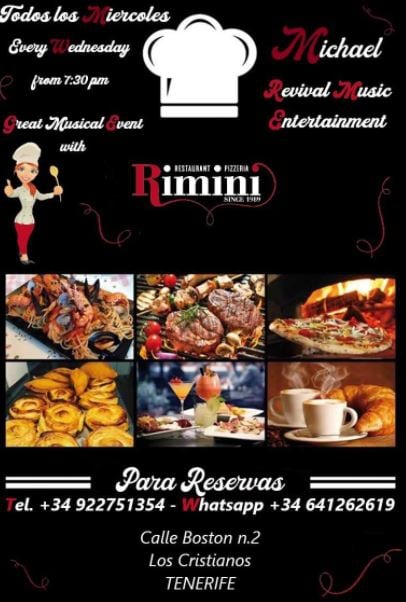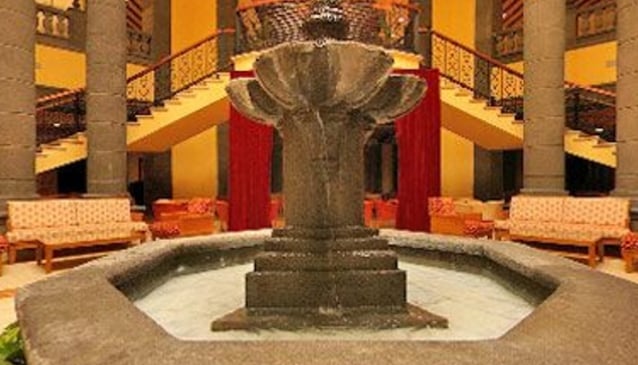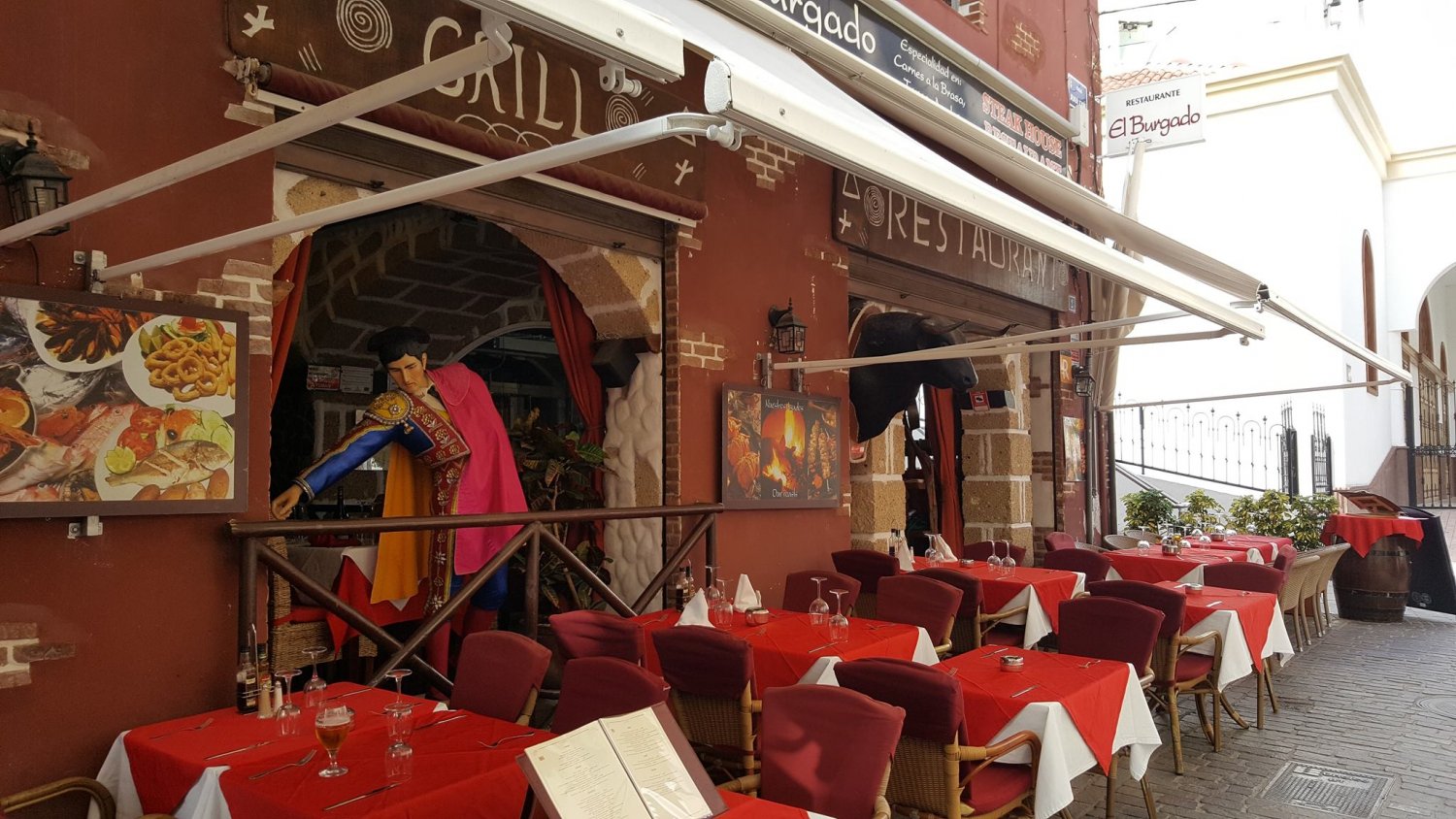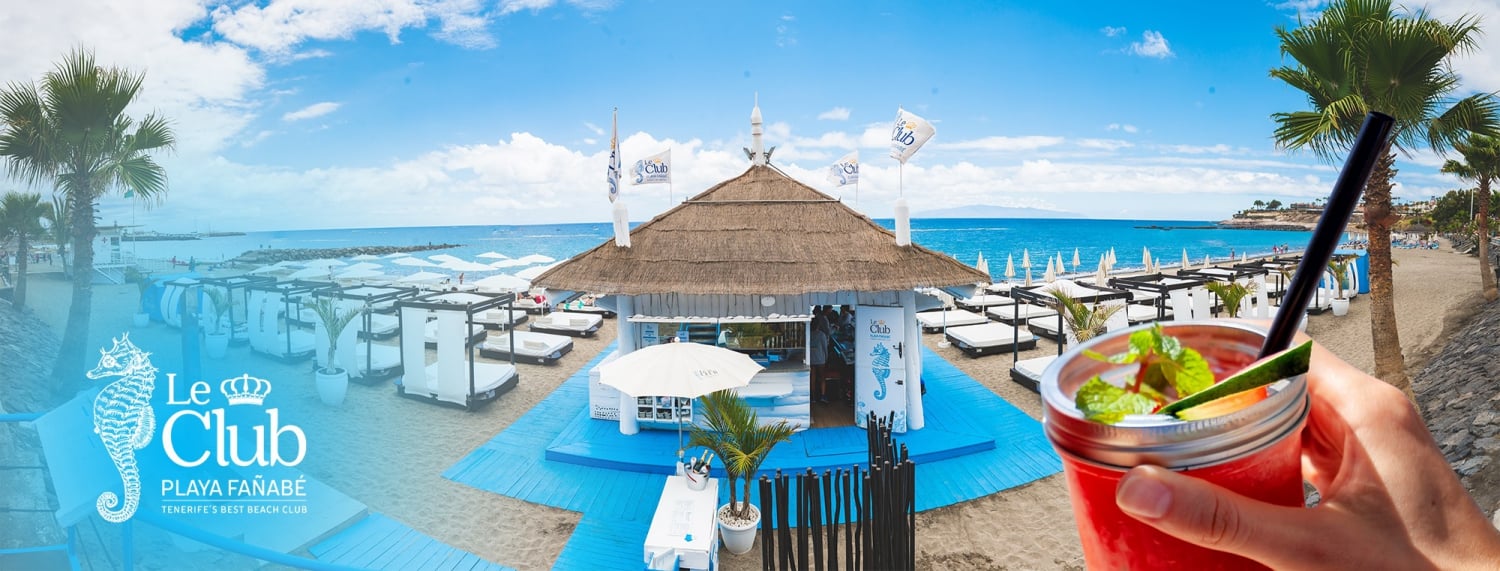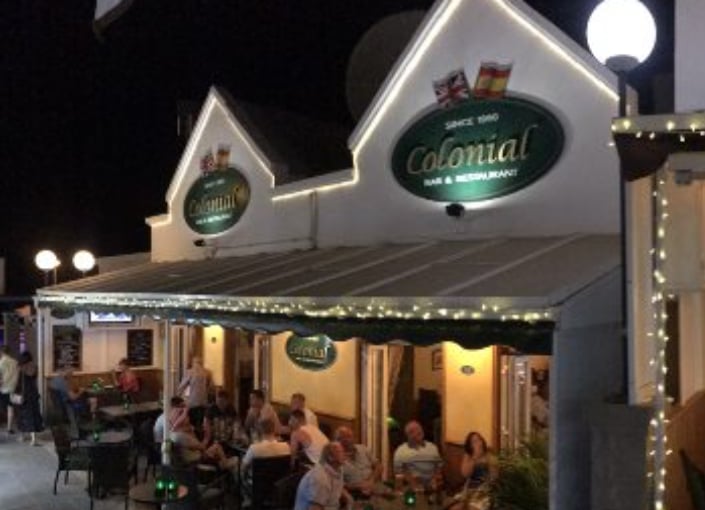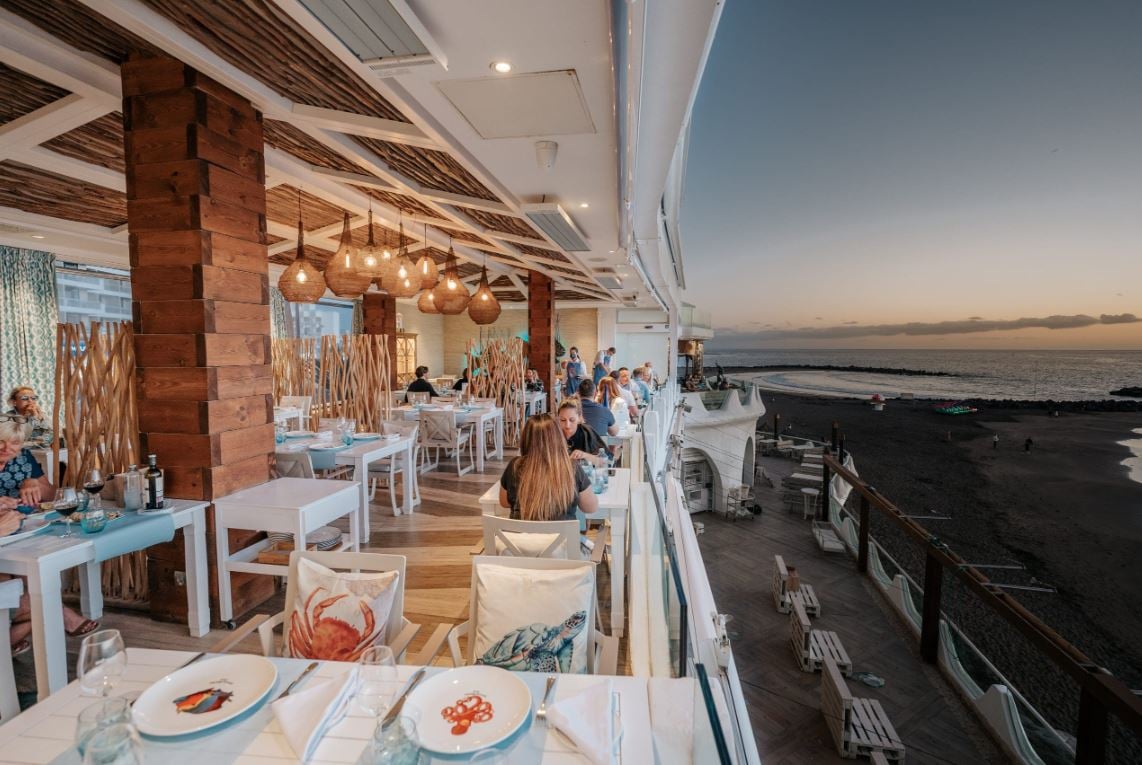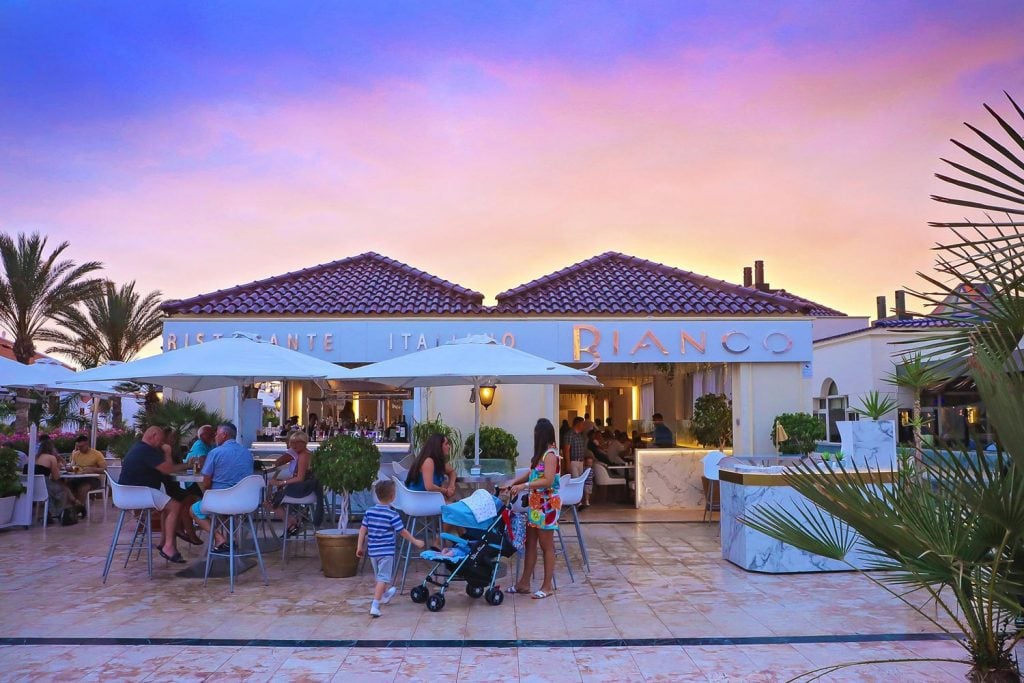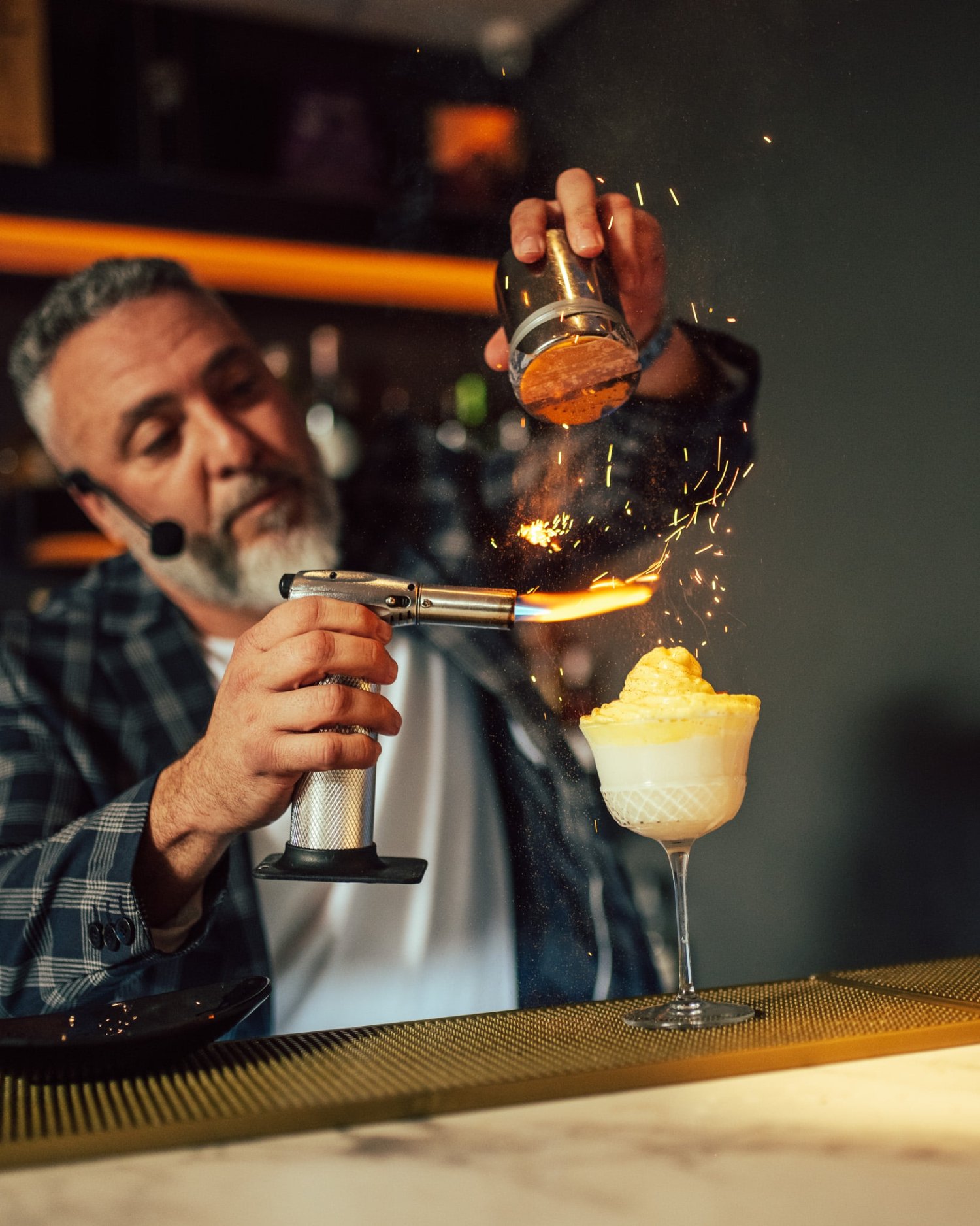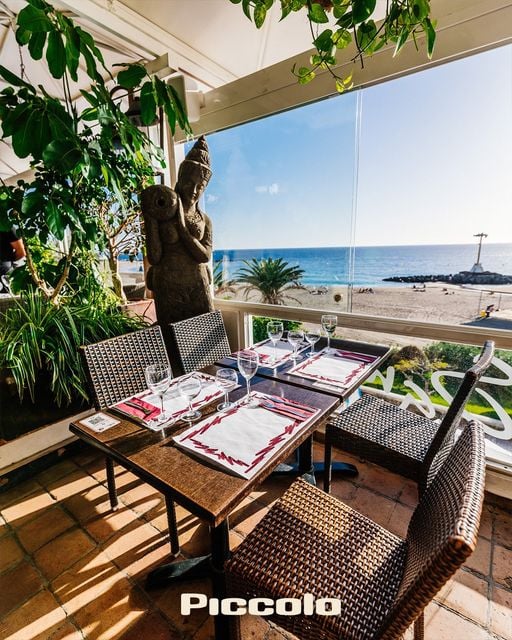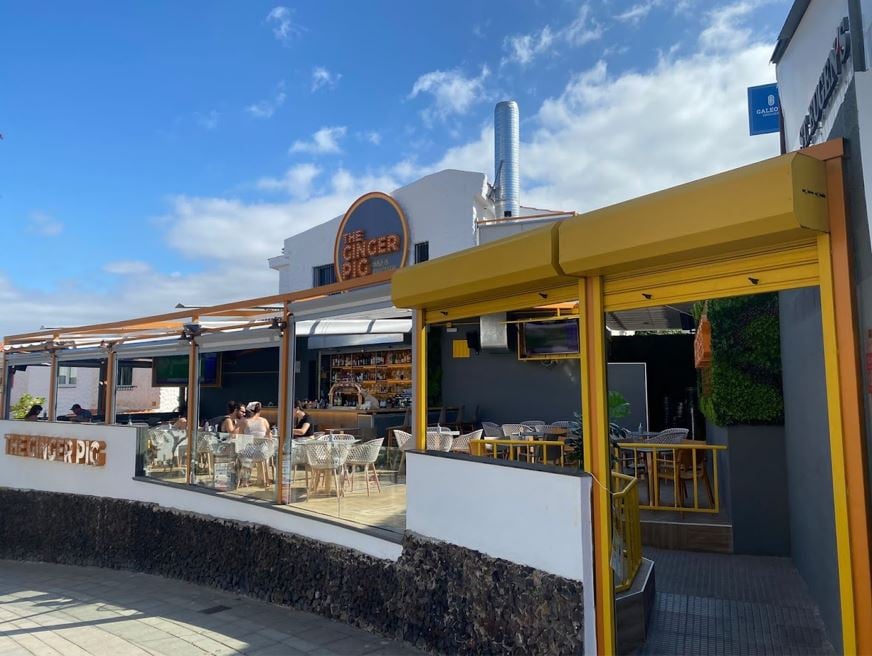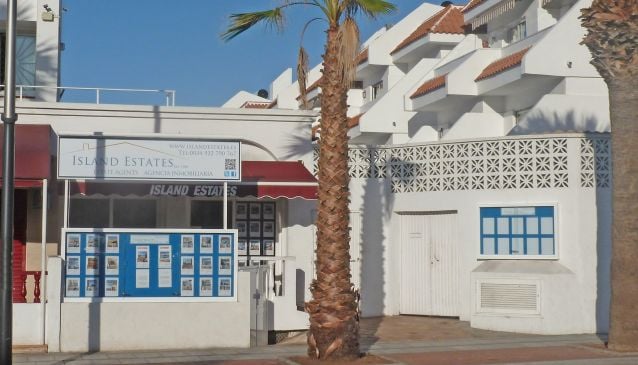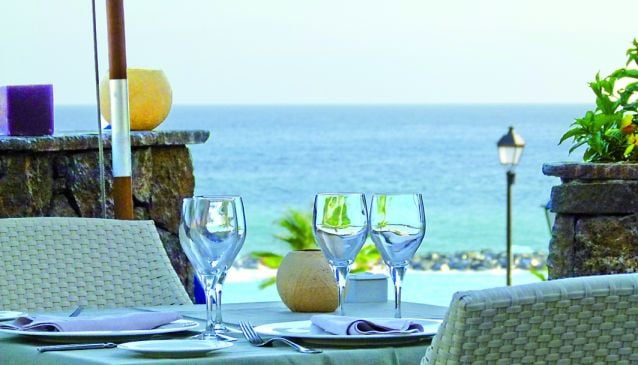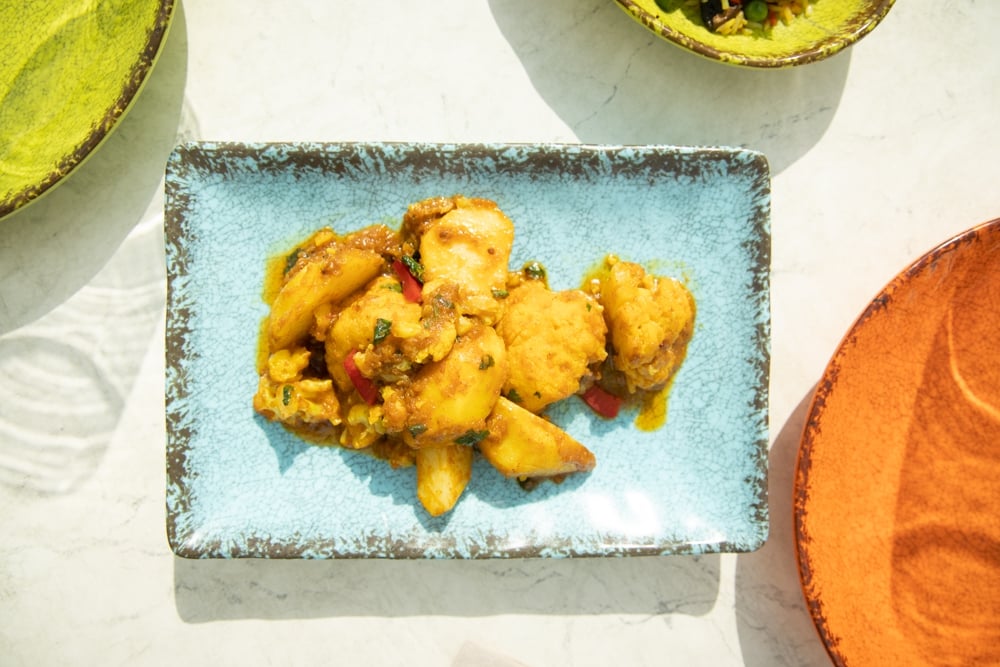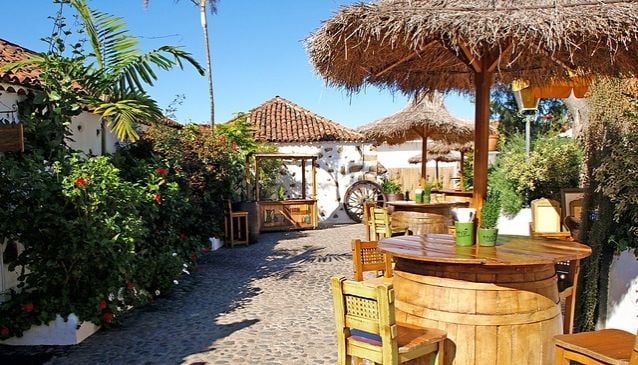Tenerife Food
There was a time in south Tenerife when culinary art stretched no further than laminated images of sausage, egg and chips. Thankfully, things have changed.
The table has been cleared of fast food wrappers and Styrofoam cups to make way for some exceptionally fine regional fayre. Award-winning chefs have turned up the heat to prove that no longer are there more toasties than tapas, more pies than paella and more ketchup than salsa.
Creative Canarian cuisine is the plat du jour but you don’t have to take out a second mortgage to sample some of the finest. There are plentiful posh nosheries around for that ‘treat yourself’ night, but many of the smaller and less ostentatious venues also fair well in quality and price. So forget food-from-back-home - give your taste buds a holiday as well.
What to look out for
If you don’t know your chocos (squid) from your choc ice (choc ice), how will you know if you’re sampling Canarian cuisine or a great pretender?
Local characters
The most prolific Canarian culinary institution is mojo, a red or green sauce whose strength can veer from pleasant to blazing depending on the chef’s preference. Red, unsurprisingly, is hotter, prepared using chilli pepper and cumin; the green is based on parsley and coriander. There are over 20 different versions of mojo; every chef will attempt to put his or her own spin on it, but very few will dare stray too far from the original recipe.
You’re bound to come across another Canarian food phenomenon if you veer away from pseudo-British pub dining. That plate of dandruff-ridden crinkly fellas in the middle of the table is another local speciality – papas arrugadas or wrinkly potatoes. The dandruff is coarse salt, left to dry on the spuds after they’ve been boiled, ideally in sea water.
Less recognisable to the non-Canarian is gofio. Since the days of the Guanches, Tenerife’s original inhabitants, this blend of roasted wheat or maize has been used as an ingredient in many dishes. It’s certainly an acquired taste but has found its way into all manner of recipes from bread and soups to sauces and ice cream. No traditional menu is complete without at least one gofio-inspired concoction.
Out of the blue
Unsurprisingly for an island like Tenerife, seafood is abundant. Many shoreline restaurants have a boat moored outside poised to catch their own fish of the day. Squid, octopus, sardines, tuna, hake, bream, mackerel, sardines, swordfish, parrotfish, wreck fish, damselfish … the list is endless. The choice also extends to a whole host of shellfish, from limpets to lobsters, crab to clams. Traditional fish dishes to look out for include Sancocho Canario, sea bass served with potatoes and a spicy sauce, and Caldareta, a type of fish soup.
Canarian cuts
Meat eaters don’t despair. Beef, pork and lamb are usually imported but the staples of goat and rabbit appear in several guises throughout the archipelago. Conejo en salmorejo is one of the more widely seen. This marinated rabbit has now been claimed as a traditional Tenerife meal although it’s true origins lie on the mainland. Puchero Canario is a stomach-busting stew with meat, chickpeas and potatoes providing a very solid foundation. Providing equal sustenance is the popular Potaje de berros, a hearty watercress based soup.
Afterthoughts
If you have any room left, there are several cheeses and desserts worthy of sampling, some from neighbouring islands. From La Palma, Palmero is a pressed cheese made from full cream goat’s milk and is widely renowned throughout the whole of Spain. Another internationally recognised cheese is Flor de Guía. Awarded a gold medal at the 2003 world cheese awards in London, it’s made in the northwestern part of Gran Canaria from a mixture of cow’s and sheep’s milk.
Although the islands aren’t renowned for their desserts, it’s worth trying a selection. Bienmesabes (literally meaning ‘it tastes good to me’) are small cakes made with honey and ground almonds, Quesadillas are vanilla and cheese-flavoured tarts; marzipan and macaroons are particularly favoured in Gran Canaria.
For a healthier alternative, the selection of fresh fruits available year round in the archipelago is nothing short of stunning. The phenomenal climate is perfect for cultivating a tropical variety that creates an explosion of colour in supermarket aisles. The sweet Canarian banana is perhaps the most prevalent, but don’t overlook the peaches, papayas, pineapples, mangos, melons and prickly pears.
But where?
It’s all very well teasing your taste buds with all this talk of food, but where should you go for the pick of the crop?
To market
Of course, sometimes it can be more fun (and challenging) to create your own culinary delights. Head down to one of the many local markets where you can buy the freshest produce straight from the farmers.
A cup of Canary
Revered by the likes of Shakespeare, the island’s wine production was at its peak during the 16th and 17th centuries. Now they are making a resurgence as Tenerife’s vineyards again produce a quality that is worthy of the recent world-wide acclaim. The island is home to five wine Denominations of Origin. The sweet Malvasia still leads the field in international recognition.
Take aways
To sample the Canaries in a bottle, take a trip to the following wineries where cases can be bought, and tasting sessions and vineyard tours are regularly offered:
Casa del Vino La Baranda – a wine museum, restaurant and tasting rooms located in a country house amongst the vineyards of El Suazal in north Tenerife (+ 34 922 572542).
Bodegas Monje – one of the most respected wineries within the Canaries. Felipe Monje is the latest generation in a long line of wine growers to produce some of the finest Canary island wines around.



